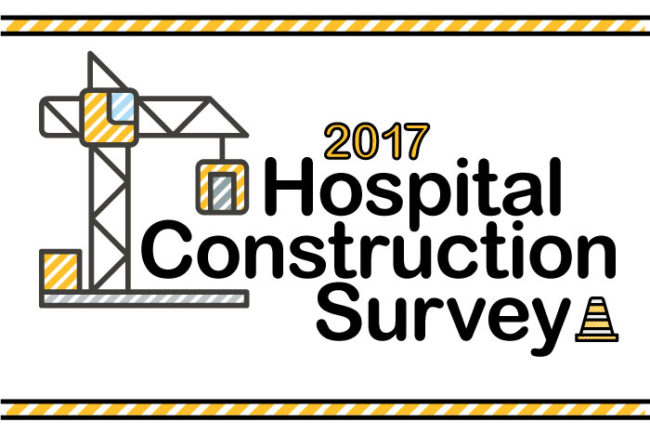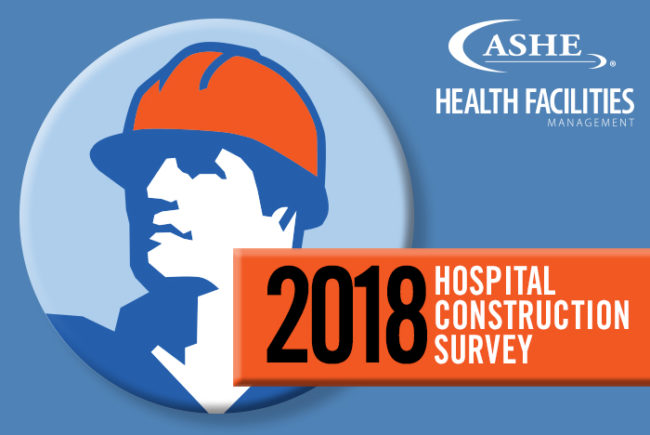Results of the 2017 Hospital Construction Survey will be available online Feb. 1, but there are a few details we can share early.
In addition to our annual reporting on the types of projects taking off around the country, this year’s survey focused on what health care organizations are doing to make sure their facilities are designed for maximum workflow efficiency. We not only asked about physical design features (decentralized nursing stations, adaptable patient rooms), but also about the design planning process and techniques used to ensure that facilities are built to optimize staff workflows.
From low-tech tactics (staff surveys) to more complex strategies (analyzing data from RFID systems), hospitals are using a wide variety of tools during the preconstruction and design phases to build efficient facilities. And these tools are used to solve everyday headaches, such as long walking distances and barriers to staff communication. Solving these issues not only makes it easier for staff, but can also trickle down to equate to a better patient experience.
Joseph Sprague, FAIA, FACHA, FHFI, principal and senior vice president at HKS, an international architectural firm headquartered in Dallas, explains the importance of first deciding how you want a facility to function and designing to achieve that objective.
“You don’t design a new hospital around an old process,” he says. “You start in a smart way and take a comprehensive approach that right-sizes the facility without sacrificing patient safety or health.”





